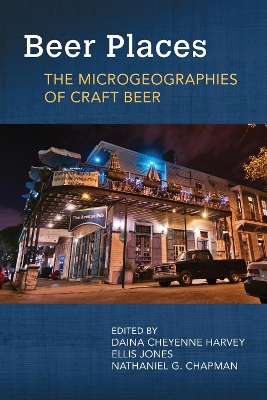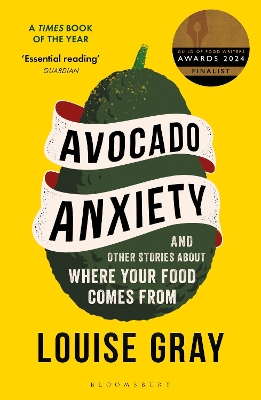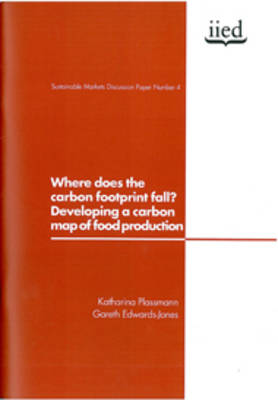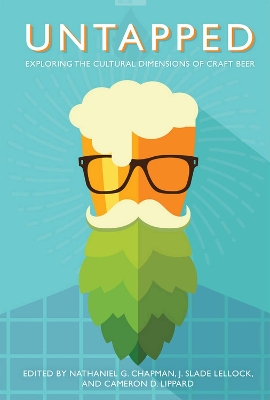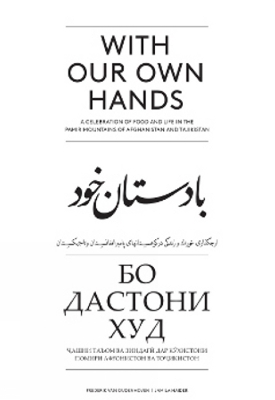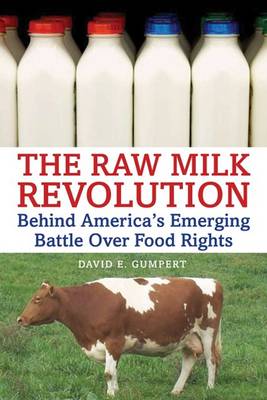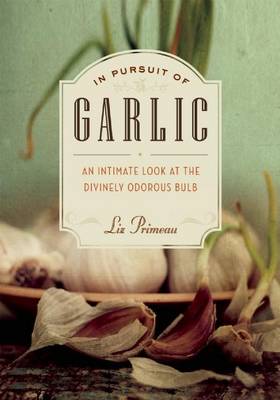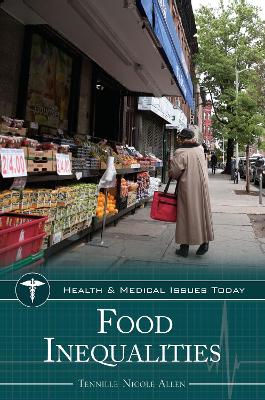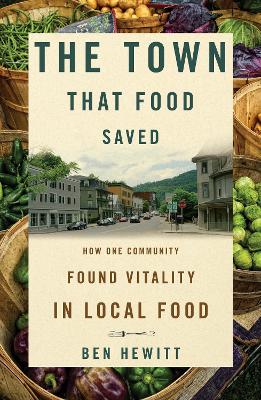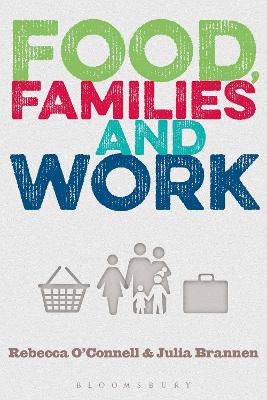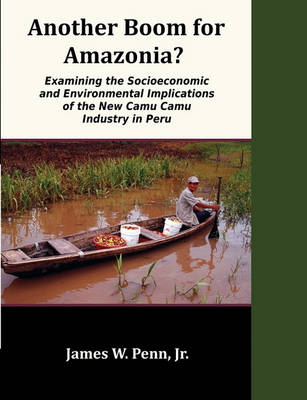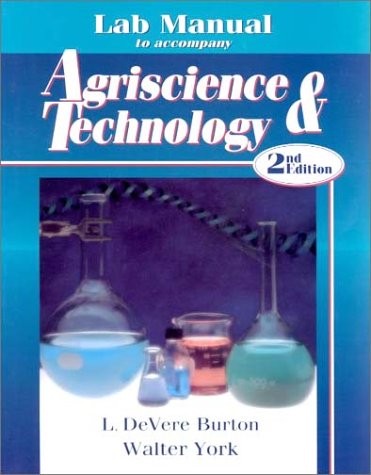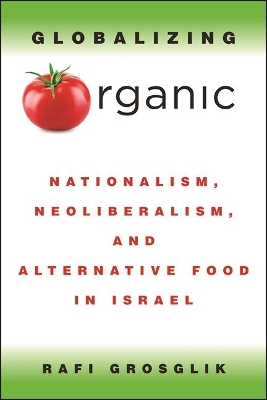Beer Places is, most essentially, a road map for craft beer, taking readers to various locales to discover the beverage’s deep connections to place. At another level, Beer Places is an academic analysis of these geographical ties. Collected into sections that address authenticity and revitalization, politics and economics, and collectivity and collaboration, this book blends new research with a series of “postcards”: informal conversations and first-person dispatches from the field that transpor...
Where Does the Carbon Footprint Fall?
by Katharina Plassmann and Gareth Edwards-Jones
This book tells the story of an important experiment in international cooperation and inter-university collaboration in educational development. A team of educational and agricultural specialists from the University of Kentucky (called Kenteam in the book) lived and worked in Bogor, Indonesia, from 1957 through 1965. Their purpose - to work with the Agricultural University in Bogor to develop a complete college of agriculture to the level of capability for self-regeneration and growth. Working a...
Untapped
Untapped collects twelve previously unpublished essays that analyze the rise of craft beer from social and cultural perspectives. In the United States, the United Kingdom, and Western Europe there has been exponential growth in the number of small independent breweries over the past thirty years – a reversal of the corporate consolidation and narrowing of consumer choice that characterized much of the twentieth century. While there are legal and policy components involved in this shift, the con...
Diet books contribute to a $60-billion industry as they speak to the 45 million Americans who diet every year. Yet these books don’t just tell readers what to eat: they offer complete philosophies about who Americans are and how we should live. Diet and the Disease of Civilization interrupts the predictable debate about eating right to ask a hard question: what if it’s not calories—but concepts—that should be counted? Cultural critic Adrienne Rose Bitar reveals how four popular diets retell the...
Classroom Interactivity CD-ROM for Shry/Reiley's Introductory Horticulture
by Carroll Shry and H Edward Reiley
The Classroom Interactivity CD-ROM contains four different game-show-themed applications to supplement text instruction. All questions are taken directly from the readings of the text and serve as great tools in reinforcing the main concepts of each unit.
Beginning in 2006, the agriculture departments of several large states-with backing from the U.S. Food and Drug Administration-launched a major crackdown on small dairies producing raw milk. Replete with undercover agents, sting operations, surprise raids, questionable test-lab results, mysterious illnesses, propaganda blitzes, and grand jury investigations, the crackdown was designed to disrupt the supply of unpasteurized milk to growing legions of consumers demanding healthier and more flavorf...
In Pursuit of Garlic: An Intimate Look at the Divinely Odorous Bulb
by Liz Primeau
This book provides an accessible introduction to food inequality in the United States, offering readers a broad survey of the most important topics and issues and exploring how economics, culture, and public policy have shaped our current food landscape. Food inequality in the United States can take many forms. From the low-income family unable to afford enough to eat and the migrant farm worker paid below minimum wage to city dwellers stranded in an urban food desert, disparities in how we acc...
Taste, Waste and the New Materiality of Food (Critical Food Studies)
by Bethaney Turner
Anthropocentric thinking produces fractured ecological perspectives that can perpetuate destructive, wasteful behaviours. Learning to recognise the entangled nature of our everyday relationships with food can encourage ethical ecological thinking and lay the foundations for more sustainable lifestyles. This book analyses ethnographic data gathered from participants in Alternative Food Networks from farmers’ markets to community gardens, agricultural shows and food redistribution services. D...
Over the past 3 years, Hardwick, Vermont, a typical hardscrabble farming community of 3,000 residents, has jump-started its economy and redefined its self-image through a local, self-sustaining food system unlike anything else in America. Even as the recent financial downturn threatens to cripple small businesses and privately owned farms, a stunning number of food-based businesses have grown in the region - building on a long tradition of commitment to small local farms and neighbours helping o...
With dual-working households now the norm, Food, Families and Work is the first comprehensive study to explore how families negotiate everyday food practices in the context of paid employment. As the working hours of British parents are among the highest in Europe, the United Kingdom provides a key case study for investigating the relationship between parental employment and family food practices. Focusing on issues such as the gender division of foodwork, the impact of family income on diet, f...
Medieval gardens; cookshops; spices; ale, beer, wine and spirits; the food of peasants, labourers, townspeople, the wealthy, the poor and the country gentleman; fish, meat and game; the feeding of infants, children; dairy products; vitamins, proteins, fat and fibre; the adulteration of food; the four bottle man; bread; poaching; tea, coffee and chocolate; food in schools and institutions; sugar and sweetmeats; root crops; the agricultural revolution; the importance of 'white meats', the vegetari...
From country ham to coppa, bacon to bresaola Prosciutto. Andouille. Country ham. The extraordinary rise in popularity of cured meats in recent years often overlooks the fact that the ancient practice of meat preservation through the use of salt, time, and smoke began as a survival technique. All over the world, various cultures developed ways to extend the viability of the hunt—and later the harvest—according to their unique climates and environments, resulting in the astonishing diversity of p...
With its seamless integration of biology, physical science, technology, and agriculture, this up-to-date edition presents the latest agriscience concepts while giving students a comprehensive introduction to the field. Divided into five sections (biotechnology, food and fiber technology, energy and power technology, computer-aided management, and environmental technology), the text covers a wide range of current topics, from genetic engineering to low-input sustainable agriculture. Through the c...
Sappho's Legacy (SUNY series, Praxis: Theory in Action)
by Marina Karides
Examines women's food cooperatives and local dining venues on the Greek island of Lesvos and how tourism, gender, and sexualities inform the creation of these alternative economies. Winner of the 2023 Gourmand Cookbook Award for Greece in the Women Category Imaginatively interweaving literatures across a variety of subjects, Sappho's Legacy identifies the crucial role that islands and Greek economic culture play in teaching about capitalism's failures and alternatives. Marina Karides delivers...
